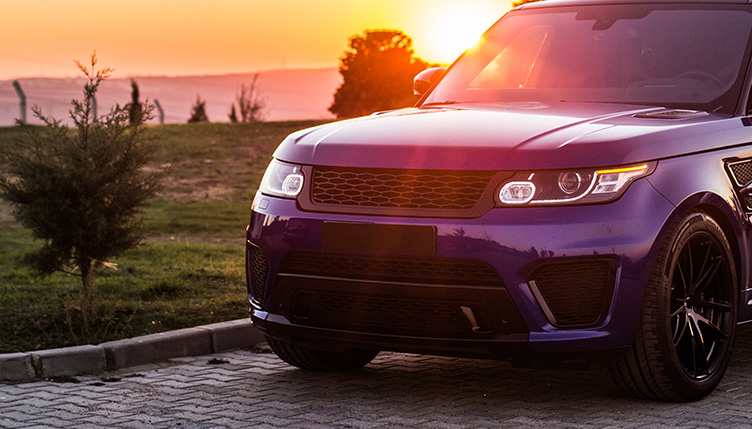If you’ve been in a collision and need a new bumper, there are many things to think about. The biggest consideration when choosing a bumper is the material, but the size and shape of the bumper are also important. In this blog post, we’ve put together some important things to consider when you need a new bumper.

Bumper Materials
Plastic – most bumpers on vehicles are plastic. They are the most cost-effective option but can be difficult to fix and often times the entire bumper needs to be replaced when in a collision.
Steel – older vehicles typically have original steel bumpers. Steel is very durable but it is very heavy and comes with the potential for rust and corrosion.
Fiberglass – this is a very common material used by a lot of newer cars these days. It is lightweight and durable, virtually unaffected by the elements, and is easy to sand and paint, making scratches easy to fix. The biggest downside is fiberglass tends to crack rather easily, which is not the greatest quality, especially if you are prone to fender benders or backing into things.
Carbon Fiber – carbon fiber is another durable and lightweight material, commonly used in bumpers on luxury cars because it is more expensive than other types of materials.
Aluminum – another lightweight option that is safe from the elements and used on many luxury cars like Teslas. The only downside is that they may not fair well for off-roading, as they won’t win in a fight against rocky terrain.
Testing the Bumper
At Colorworks Autobody, we test the fit and colour of the bumper before we fit it onto your car or truck to ensure it matches. While most auto body shops just slap the bumper on, we take the time to ensure that the bumper works for your vehicle before welding and painting. This ensures the bumper is best equipped for your vehicle for long-lasting quality and your car or truck is returned to you looking great.


11 thoughts on “Replacing your bumper after an accident”
Comments are closed.